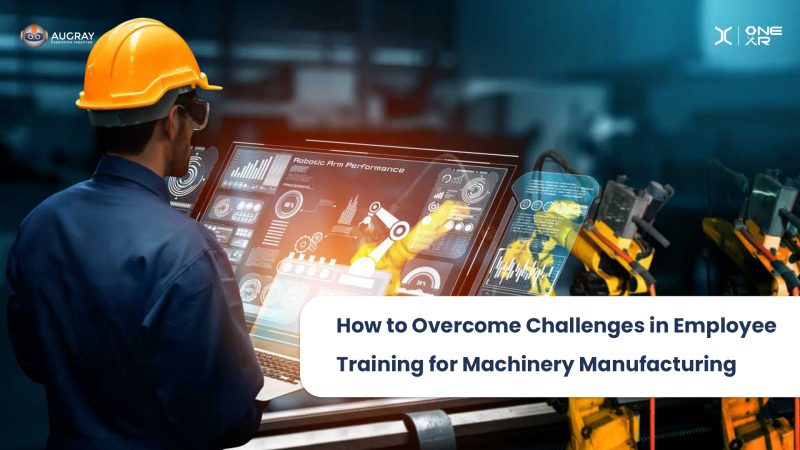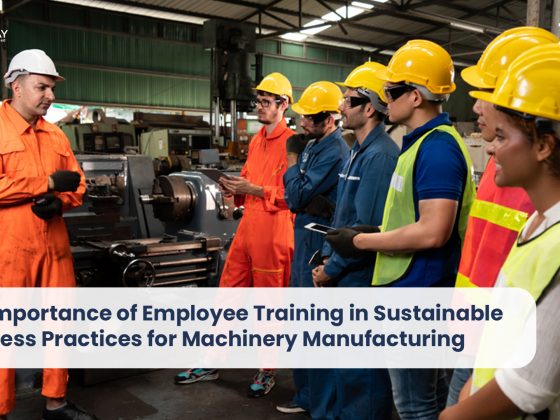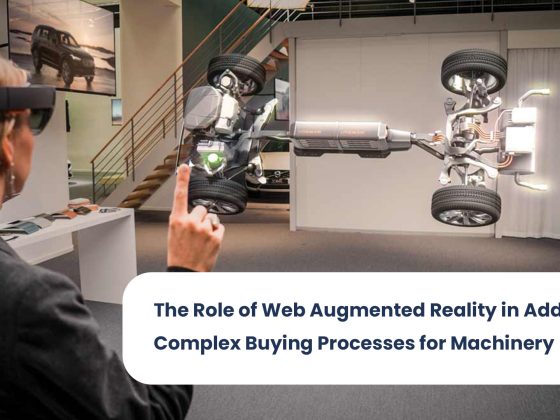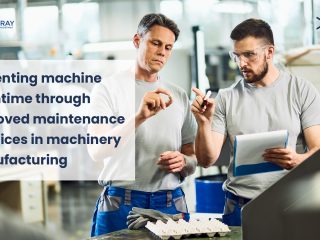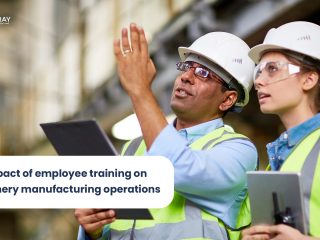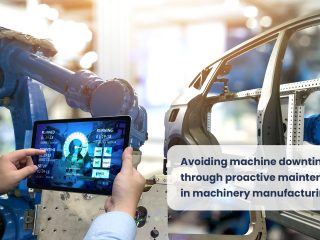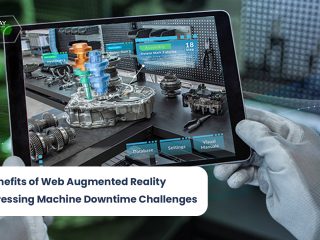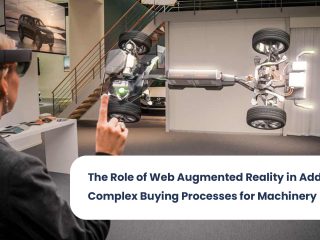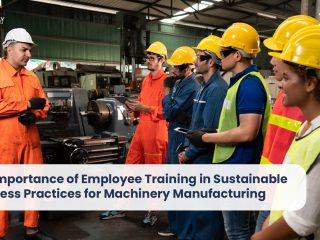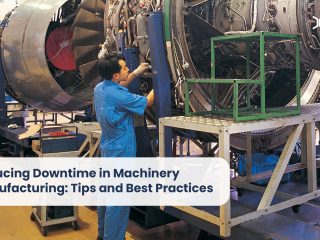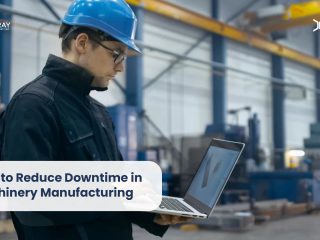The manufacturing industry is highly dependent on the skills and knowledge of its workforce. In the machinery manufacturing sector, employee training is crucial to ensure that employees have the necessary skills and knowledge to operate complex machinery and equipment safely and efficiently. However, traditional training methods may not always be effective in providing employees with the necessary training.
This is where extended reality (XR) technology comes into play. XR can help overcome the challenges in employee training for machinery manufacturing by providing a highly immersive and engaging training experience. In this essay, we will discuss the challenges in employee training for machinery manufacturing and how XR technology can be used to overcome these challenges.
Challenges in Employee Training for Machinery Manufacturing
There are several challenges in employee training for machinery manufacturing, including:
- Limited access to machinery and equipment: In traditional training methods, employees are trained using physical equipment and machinery. However, this can be challenging if the machinery and equipment are expensive, large, or dangerous to operate. This can limit the amount of training that employees receive and may result in inadequate training.
- Safety concerns: Machinery manufacturing involves operating complex machinery and equipment that can be dangerous if not operated correctly. Providing employees with adequate safety training is crucial to prevent accidents and injuries in the workplace. However, traditional safety training methods may not be effective in providing employees with the necessary skills and knowledge to operate machinery and equipment safely.
- Cost and time constraints: Traditional training methods can be expensive and time-consuming. Training employees using physical equipment and machinery can be costly, as it requires the purchase of equipment and machinery, as well as the time and resources required to set up and maintain the training environment.
- Lack of engagement: Traditional training methods can be dull and unengaging, which can make it difficult for employees to retain the information they have learned. This can result in inadequate training and may lead to safety concerns and other issues in the workplace.
Using XR to Overcome Challenges in Employee Training for Machinery Manufacturing
XR technology provides a highly immersive and engaging training experience that can help overcome the challenges in employee training for machinery manufacturing. Here are some ways that XR technology can be used to overcome these challenges:
Providing access to machinery and equipment:
XR technology can provide employees with access to virtual machinery and equipment that closely resemble the physical equipment and machinery used in the workplace. This can allow employees to receive training on a wider range of machinery and equipment without the cost and safety concerns associated with physical equipment.
For example, a machinery manufacturing company can use XR technology to provide employees with a virtual reality (VR) training environment where they can learn how to operate complex machinery and equipment. This can allow employees to receive training on a wider range of machinery and equipment without the cost and safety concerns associated with physical equipment.
Enhancing safety training:
XR technology can be used to enhance safety training by providing employees with a highly immersive and engaging training experience that simulates real-life situations. This can allow employees to learn how to operate machinery and equipment safely without the risk of injury.
For example, a machinery manufacturing company can use XR technology to create a VR safety training environment where employees can learn how to operate machinery and equipment safely. The VR environment can simulate different safety scenarios, such as emergency shutdowns or equipment malfunctions, allowing employees to practice responding to these situations safely.
Reducing cost and time constraints:
XR technology can be more cost-effective and time-efficient than traditional training methods. XR training environments can be set up quickly and easily, and the cost of creating a virtual training environment is often lower than the cost of purchasing physical equipment and machinery.
For example, a machinery manufacturing company can use XR technology to create a VR training environment that closely resembles the physical equipment and machinery used in the workplace. This can allow employees to receive training on a wider range of machinery and equipment without the need to purchase physical equipment, which can be expensive and time-consuming to set up.
Increasing engagement:
XR technology provides a highly immersive and engaging training experience that can increase employee engagement and retention of information. This can result in better-trained employees and a safer and more efficient workplace.
For example, a machinery manufacturing company can use XR technology to create a gamified VR training environment where employees can compete against each other in completing tasks related to operating machinery and equipment safely and efficiently. This can increase employee engagement and make training more enjoyable and memorable.
Customizing training:
XR technology can be used to customize training to the specific needs of each employee. This can ensure that employees receive the training they need to perform their jobs safely and efficiently.
For example, a machinery manufacturing company can use XR technology to create customized VR training environments for different job roles. This can allow employees to receive training on the specific machinery and equipment they will be working with, as well as the safety procedures and protocols relevant to their job role.
Tracking progress:
XR technology can be used to track employee progress and performance during training. This can allow managers to identify areas where employees may need additional training and provide feedback to improve employee performance.
For example, a machinery manufacturing company can use XR technology to track employee performance during VR training sessions. This can provide managers with data on employee performance, including time taken to complete tasks, accuracy, and safety protocols followed. This data can be used to identify areas where employees may need additional training and provide feedback to improve employee performance.
Providing remote training:
XR technology can be used to provide remote training to employees who are unable to attend in-person training sessions. This can be particularly useful for companies with remote or distributed workforces.
For example, a machinery manufacturing company can use XR technology to provide remote VR training sessions to employees located in different locations. This can ensure that all employees receive the same level of training, regardless of their location.
Employee training is crucial in the machinery manufacturing industry to ensure that employees have the necessary skills and knowledge to operate complex machinery and equipment safely and efficiently. Traditional training methods may not always be effective in providing employees with the necessary training, which is where XR technology comes into play.
XR technology provides a highly immersive and engaging training experience that can help overcome the challenges in employee training for machinery manufacturing. By providing access to virtual machinery and equipment, enhancing safety training, reducing cost and time constraints, increasing engagement, customizing training, tracking progress, and providing remote training, XR technology can ensure that employees receive the necessary training to perform their jobs safely and efficiently.
